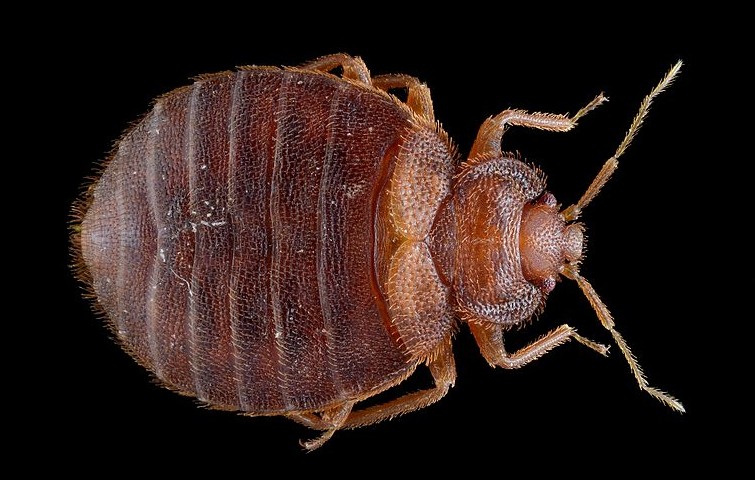Bed bugs have coexisted with humans for many years and these elusive pests have evolved senses to help them identify hosts, locate safe hiding places and feeding behaviour for survival. Research conducted by scientists (1) found that a bed bug’s antenna contains both olfactory (sensory system used for smelling) and gustatory (sensory system used for tasting) functions indicating its multimodal role. They also found the hair on the bed bugs legs also serve as senses and help with locating their hosts.
There is no evidence of bed bugs seeing colour or objects under different lighting, so they highly rely on the sense of smell and can detect the odour of their host and release of carbon dioxide (C02). Early research has also suggested body heat, C02 and darkness are triggers for bed bug activity. They can detect these cues at approximately 3 feet away, and this short distance can explain why they chose to settle near a host, like the bed frame, headboard, bedside or chest of drawers next to the bed. Although their detection of the host is from a short distance, once they have successfully detected they are very fast in moving and communicating with each other through releasing pheromones (which is a typical way most insects communicate). They aggregate after locating a host and aggregating pheromones released to signal their settling spot.
Bed bugs are also attracted to some chemicals released from the human skin such as sweat and pheromones. Once they have identified the C02 released through their host exhaling during sleep, or being inactive, and follow this trail, they use body heat and chemicals released from the skin to make direct contact for feeding. Understanding the subject and the problem helps define a good action for a successful solution, and that is why our experts are trained to think like a bed bug. If you require more information or need a consultation, reach out to our professional team via the Contact Us page.

Author:
Bed Bug Hunters team
References:
(1) SIngh, R.N., Singh, K., Prakash, S., Mehdi, M.J., & Rao K.M. (1996) Sensory organs on the body parts of the bed-bug Cimex hemipterus fabricius (Hemiptera : Cimicidae) and the anatomy of its central nervous system. International Journal of Insect Morphology and Embryology. Volume 25, Issues 1–2, January–April 1996, Pages 183-204



